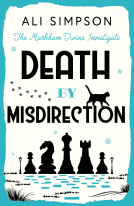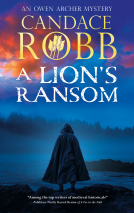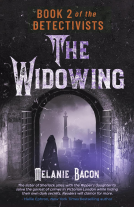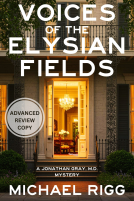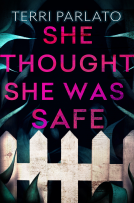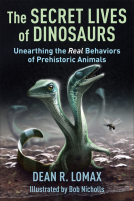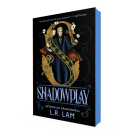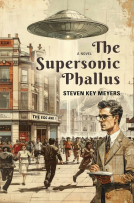
The Kettle Chronicles: The Black Dog of Bongay
by Stephen Morgan
This title was previously available on NetGalley and is now archived.
Send NetGalley books directly to your Kindle or Kindle app
1
To read on a Kindle or Kindle app, please add kindle@netgalley.com as an approved email address to receive files in your Amazon account. Click here for step-by-step instructions.
2
Also find your Kindle email address within your Amazon account, and enter it here.
Pub Date Apr 14 2021 | Archive Date Jun 22 2021
Talking about this book? Use #TheKettleChroniclesTheBlackDogofBongay #NetGalley. More hashtag tips!
Description
The Bishop of Norwich sends Captain Richard Brightwell to investigate the mystery, accompanied by his servant Humfry Trip, his secretary John Kettle and Augustyn, his seven-foot tall mute bodyguard. They soon come to realise that nobody in town is who they appear to be, and while navigating a medieval football match and early street theatre, they become embroiled in mayhem, mystery...and murder.
A Note From the Publisher
Stephen Morgan was vicar of Bungay for several years, the experience of which he has used for his debut The Kettle Chronicles: The Black Dog of Bungay. He is based in Saxmundham, Suffolk.
Available Editions
| EDITION | Ebook |
| ISBN | 9781800469693 |
| PRICE | $4.99 (USD) |
| PAGES | 200 |
Average rating from 10 members
Featured Reviews
Beware a Sudden Chill and a Growl at Your Back...That Shadow Has Teeth!
What a wonderful story! It's written in a gentle, colorful approximation of literature of the Elizabethan era, but is not too archaic and reads easily. Stephen Morgan is a fine writer!
The legend of the dog of Bongay is old and well-known, but he's filled out the story with details gleaned from history. Despite the good humor found in observations of and about the villagers of Bongay, there are still ample supernatural scares, mystery, and suspense, even when the author reveals what part of the story he's about to unveil ahead of time.
Morgan's fluent descriptions of the people, events, and scenes brought the story to life. His vivid presentation made me grow instantly fond of the central characters, particularly the heroic Captain Richard Brightwell, and I detested the villains with equal vigor. I cheered at the antics of the ball players, laughed as "Little John" fought "Robin Hood" in the play, and held my breath as the demonic black dog lurked nearby.
If you like historical mysteries with a paranormal flavor, you'll love this book. I'm honored to have received a review copy and am pleased to give my enthusiastic thumbs up!
Borrowing a little wit from the likes of Blackadder and Monty Python, and a lot of wisdom from The Hound Of The Baskervilles, and the legendary Black Shuck, this historical yarn is deliciously feisty and flamboyant.
The writing is original and innovative with the author speaking directly to the reader in a fine sixteenth-century Suffolk dialect that highlights some of the nuances of the English tongue.
An absolute pleasure to read.
 Librarian 431790
Librarian 431790
Even if it's a bit slow at the beginning it's a gripping and well written historical mystery with some horror elements.
Good world building and plot development, interesting characters. The style of writing is a sort of archaic English and I liked it.
Recommended.
Many thanks to the publisher and Netgalley for this ARC, all opinions are mine
 Brittany K, Reviewer
Brittany K, Reviewer
An interesting tale based in English folklore written in an approximation of Elizabethan era English (not Old English). For anyone interested in horror stories blending history and folklore, this is a good story to settle down with on a cold autumn evening.
 Diane L, Reviewer
Diane L, Reviewer
A humorous little tale, and quite entertaining, if hardly high literature. The author's directly addressing the story to the reader in a virtually present tense narrative is somewhat disconcerting to begin with, but once one gets used to this, the story begins to flow. The story is written in an Olde English vernacular, which will annoy many readers, and engage others (I loved it, myself), and this and the direct speech give this book a quaint individuality that serves it well. The whole thing is an exercise in 'tell don't show' and the author makes no attempt to set a visual scene for his reader. The characterisation is fairly blunt, as is the storytelling, and there is no finesse to the book at all, but it is what it is - a quirky little book, which is really quite good.
Readers who liked this book also liked:
Dean R. Lomax; Robert Nicholls
Nonfiction (Adult), Outdoors & Nature, Science
